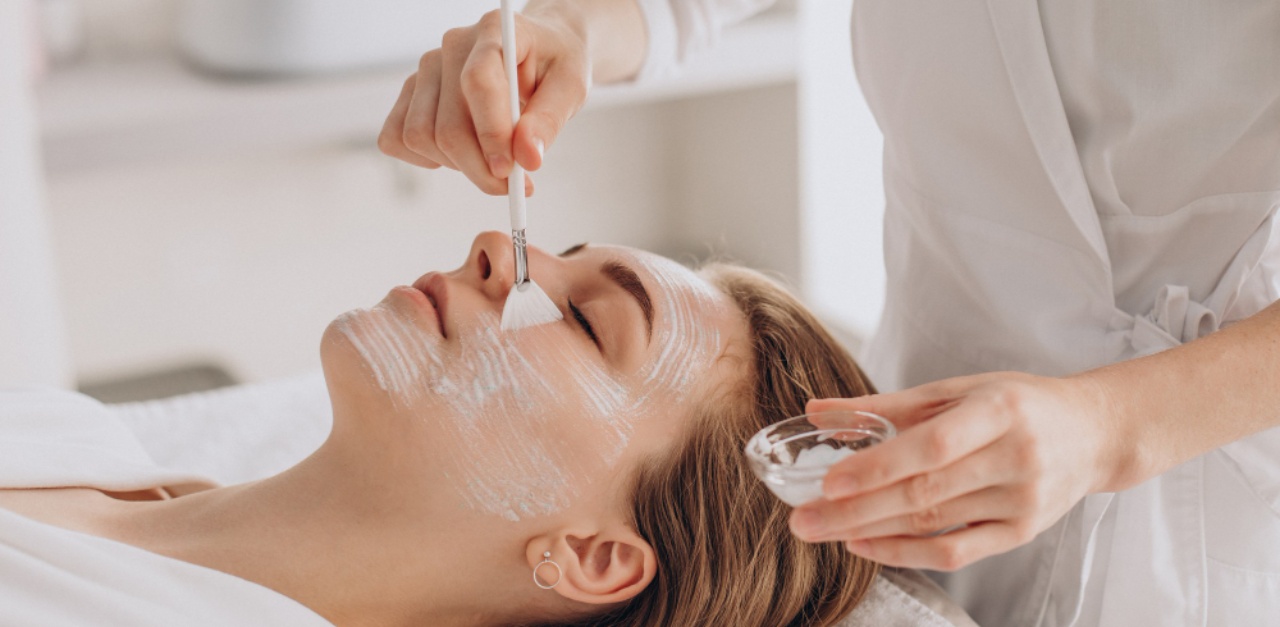Chemical peels are a popular cosmetic microneedling therapy procedure that can rejuvenate the skin, reduce wrinkles, and improve skin texture. In this article, we’ll explore the science behind chemical peels, how they work, the different types available, and their benefits and risks.
What Are Chemical Peels? Chemical peels are cosmetic treatments that involve applying a chemical solution to the skin to exfoliate and eventually peel off. This process removes dead skin cells, stimulates cell turnover, and promotes the growth of new skin. Chemical peels can be used to treat various skin issues, including acne scars, sun damage, fine lines, and uneven skin tone.
How Do Chemical Peels Work? Chemical peels work by causing controlled damage to the skin, which triggers the body’s natural healing process. The chemicals used in the peel penetrate the outer layer of the skin, called the epidermis, and sometimes reach the deeper layer, the dermis. This process stimulates the production of collagen and elastin, which are essential for healthy, youthful-looking skin.
Types of Chemical Peels: There are three main types of chemical peels, classified based on the depth of penetration into the skin:
- Superficial Peels: These peels only affect the outer layer of the skin and are used to improve skin texture and tone. They typically contain mild acids like alpha-hydroxy acids (AHAs) or beta-hydroxy acids (BHAs).
- Medium Peels: These peels penetrate the outer and middle layers of the skin and are used to treat more pronounced wrinkles, acne scars, and pigmentation issues. They often contain trichloroacetic acid (TCA) or glycolic acid.
- Deep Peels: These peels penetrate the deeper layers of the skin and are used to treat severe wrinkles, sun damage, and deep scars. They typically contain phenol or a high concentration of TCA.
Benefits of Chemical Peels: Chemical peels offer several benefits, including:
- Smoother, brighter skin
- Reduction of fine lines and wrinkles
- Improvement in skin texture and tone
- Reduction of acne scars and hyperpigmentation
- Stimulated collagen production
Risks and Side Effects: While chemical peels are generally safe, they do carry some risks, including:
- Redness and swelling
- Changes in skin color
- Scarring
- Infection
- Reactivation of cold sores (for deep peels)
Conclusion: Chemical peels are effective cosmetic treatments that can improve the appearance of the skin by promoting cell turnover and stimulating collagen production. However, it’s essential to consult with a qualified dermatologist or cosmetic surgeon to determine the most suitable type of peel for your skin type and concerns. With proper care and professional guidance, chemical peels can help you achieve smoother, more radiant skin.

